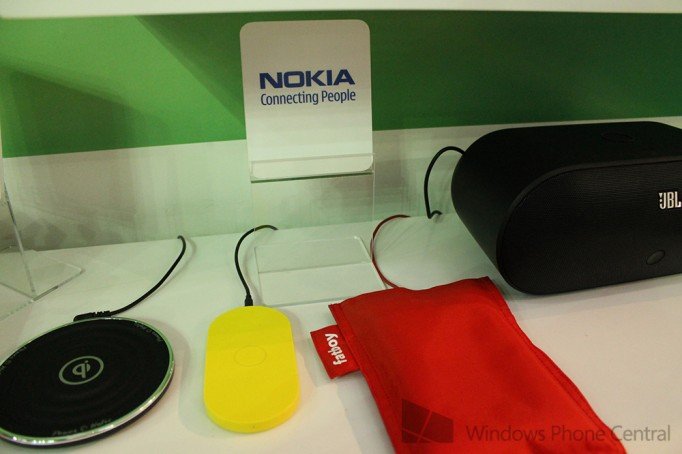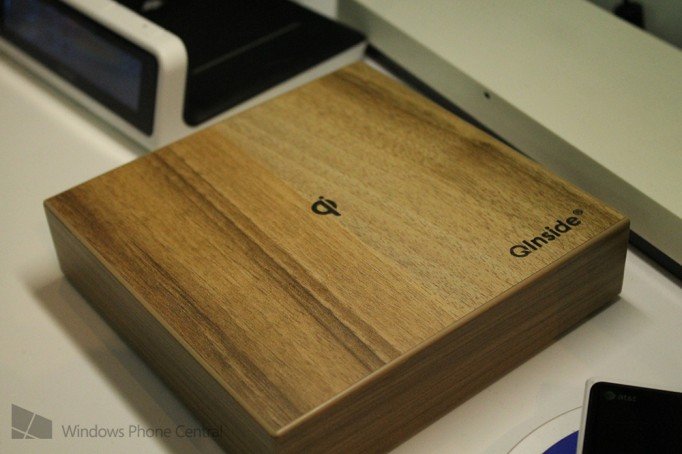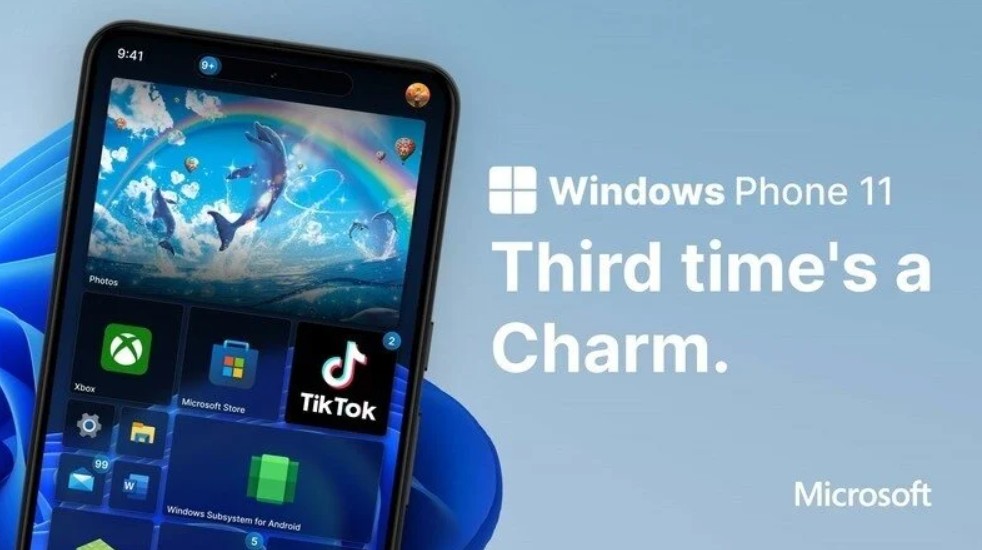Qualcomm and Verizon join the Wireless Power Consortium board, the alliance behind the Qi wireless charging standard

Last fall, Windows Phone joined the world of wireless charging with the introducing of the Nokia Lumia 920 and the HTC 8X on Verizon. The feature was met with mixed reviews, but anyone who has used it will testify to its usefulness. It’s a shame devices like the Lumia 925 and 1020 need covers to add the feature. All Windows Phone devices that can charge wirelessly do so by using the Qi wireless standard.
Qi is currently the leading standard for wireless charging, but others are challenging it. So what happens now that Qualcomm and Verizon have joined the Wireless Power Consortium (WPC), the management board for the Qi standard?
Qualcomm currently sits as a founding member of Alliance for Wireless Power (A4WP), a group that rivals the WPC with their own standard. So it is a little odd that is has joined the WPC. AT&T and Starbucks have both publically backed another group promoting their own wireless charging standard called the Power Matters Alliance (PMA). That’s right, we have three different groups backing three different charging standards. Which is why it’s interesting that Qualcomm, who founded A4WP with Samsung, has joined the WPC.
Both the A4WP and WPC have been critical towards the other with their respective standards, even though the Qi standard is well established and backed by 172 companies. Its only fault is being labelled as “first generation” technology for how it implements inductive charging. The technology that A4WP is working on is pretty advanced, for example both groups are working to enable longer range charging. They’re both implementing magnetic resonance as a way to achieve this, but the A4WP is able to output 24W vs. 15W for Qi.
The implementation from the A4WP also allows multiple devices with different power requirements to charge on the same pad, something that Qi can’t do now or in the foreseeable future. However, Qi does claim greater efficiency by focusing on outputting uniform power.
So why did Qualcomm join? The company released a statement to Engadget that claims joining the WPC board was a logical step to grow the wireless power industry beyond the first generation, but that it believes A4WP represents the most mature and best implementation of wireless charging.
What can we take away from all this? That we’re not any closer to one wireless charging standard to rule them all and won’t be for a few more years. WPC is backed by heavyweights like Nokia, HTC, Sony, LG, Verizon, and others. While PMA has AT&T and Starbucks backing it. Then we have the A4WP backed by Qualcomm and Samsung. It’s a flustercluck at the moment.
All the latest news, reviews, and guides for Windows and Xbox diehards.
Which could very well be why Nokia has been opting to make wireless charging optional via cases and shells for your phone. If Qi doesn’t win out as a standard, all they would need to do is make a case with the appropriate standard and you would be able to wireless charge your device at whatever establishment you frequent. Nokia is just hedging their bet. If PMA or A4WP wins out, your device won’t be stuck in the past.
What do you think?
Source: Wireless Power Consortium, Via: Engadget
Further reading:

Sam Sabri was formerly the Managing Editor for Windows Central, covering Windows Phone, Microsoft Build, and many more topics.

